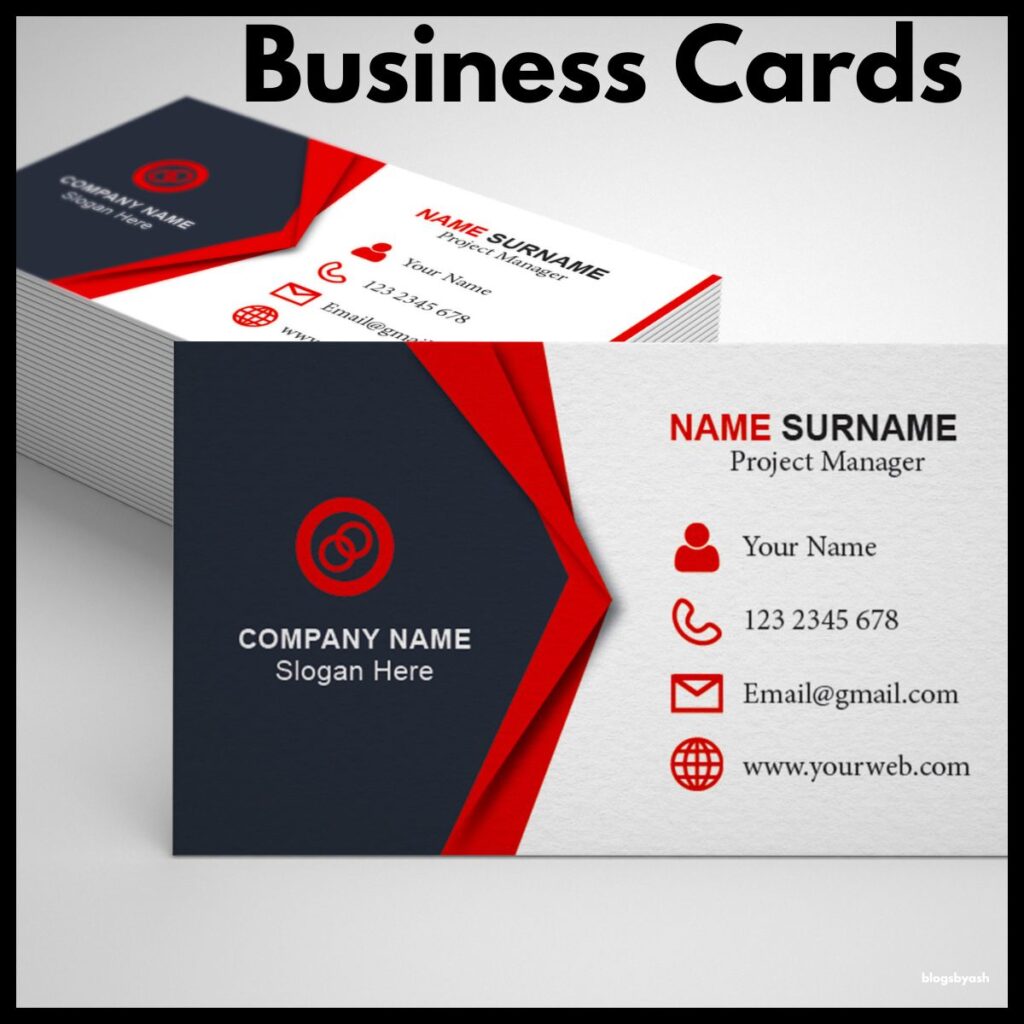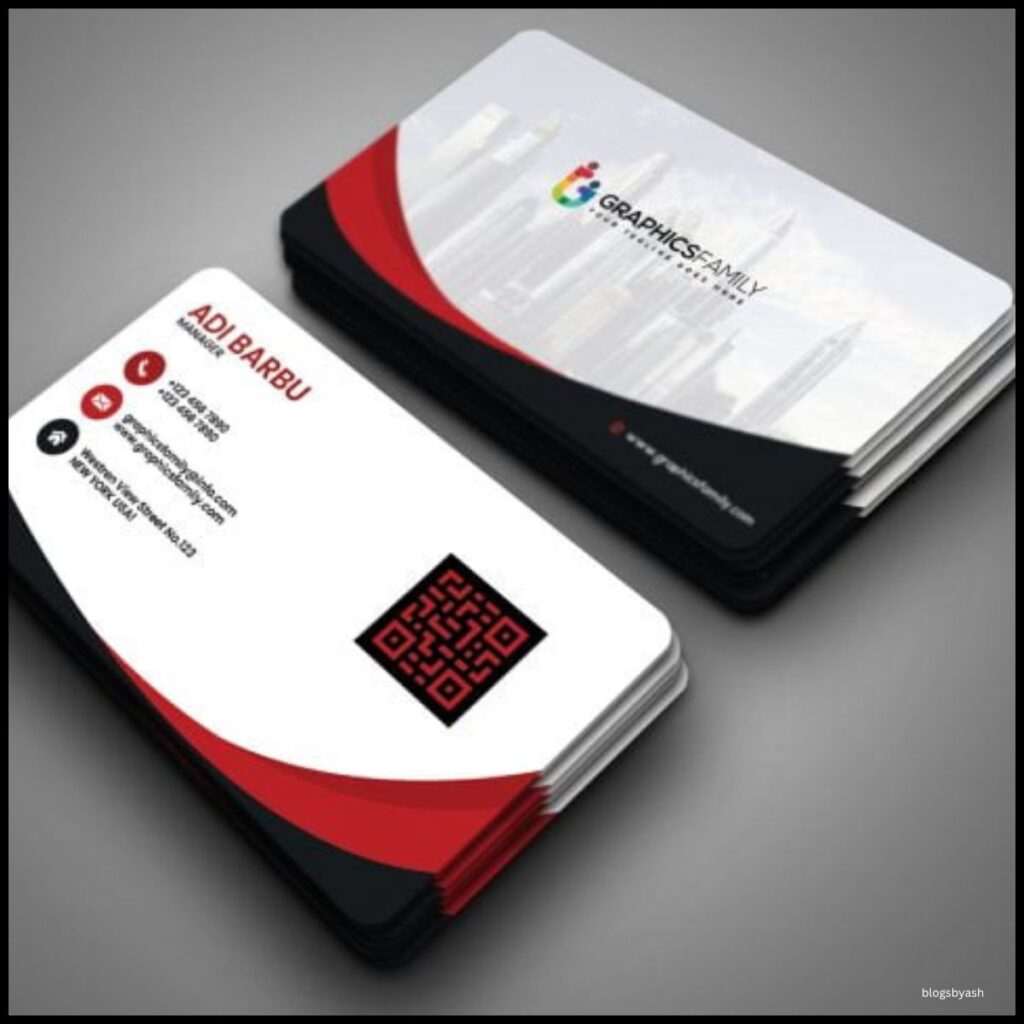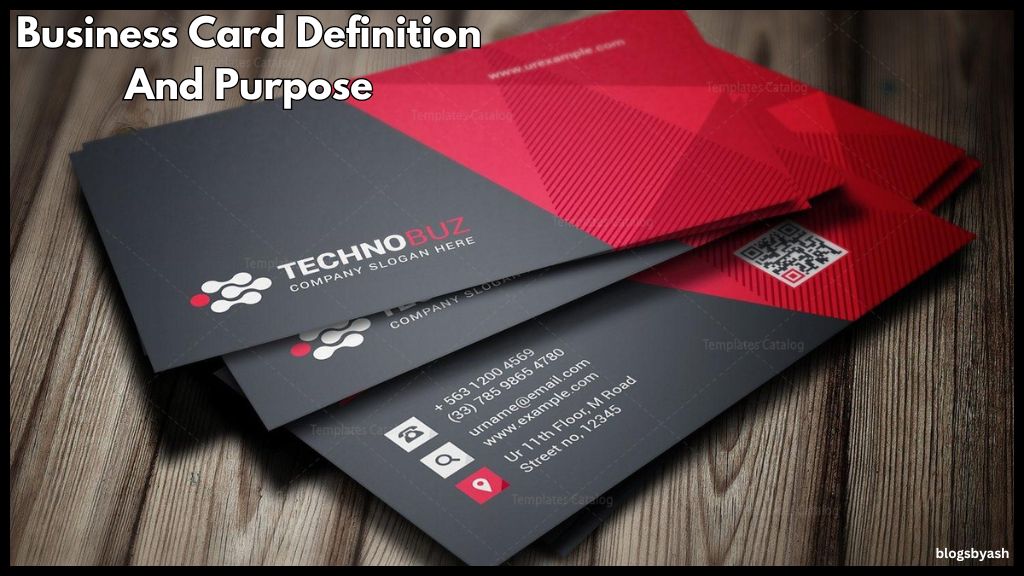Business Card Definition And Purpose. Business cards are small marketing tools that can be used to represent an individual or a business. They are small, but powerful cards are packed with vital contact information, and frequently are the first impression potential customer or business partner gets. We dive into the concept, function and importance that business cards play in our digital era.
Introduction to Business Cards

Card-based business cards were a vital component of well-qualified networking since the beginning of time. Despite the advent of technology-driven communications, they are still an essential element for personal branding as well as networking techniques. A professionally designed business card will make a lasting impression and create important connections in many well-qualified environments.
History of Business Cards
The idea behind business cards dates to the 15th century in China in which people used “visiting cards” to announce their arrival. In time, the practice was adopted by Europe and then evolved in to the contemporary business card that we use to this day. In the beginning, these cards were basic in appearance and typically featured only the name of the person and their title. However, they’ve since developed to include extra information and branding features.
Importance of Business Cards in Networking
In today’s world of digital technology in which online social networks are everywhere, the business card has a lot of significance. In contrast to digital interactions, the exchange of physical business cards establishes the impression of a physical connection between two people. It helps build personal bonds and serves as a lasting reminder of the interaction which makes it much easier to keep track of and develop connections.
Elements of a Business Card

Design
The appearance of the business card plays a important role in its efficiency. It should reflect the company’s image and communicate professionalism. Simple layouts, well-balanced compositions, and the appropriate usage of fonts and colors are crucial elements in the desirable-designed card.
Content
The material of a business card usually includes the individual’s name, his job title, company’s name, and contact information like contact number or email address as well as the website. Other elements, such as taglines or a short description of the services offered, could be added to highlight the individual’s or company’s worth offering.
Contact Information
Up-to-date and accurate contact details are essential to making sure that cardholders are able to easily contact the card holder. Verifying details like telephone numbers and email addresses prior to printing is vital to prevent any communication hurdles.
Types of Business Cards

Traditional Paper Cards
Traditional business cards made of paper remain well-loved because of their tactile appeal and flexibility. They are available in different dimensions, shapes and colors, allowing to be customized to fit various preferences and branding requirements.
Digital Business Cards
As businesses have become more digitalized in their practices digital business cards have become an efficient alternative to counterparts in paper. Virtual cards are easy to share via messages or email apps, and typically contain interactive features like clickable links as well as multimedia material.
Advantages of Traditional Business Cards
While digital business cards provide ease of use, traditional paper cards offer a number of advantages on their own. They’re tangible objects that people can carry around and keep and keep as a souvenir of the exchange. Furthermore, attractively designed paper cards can create a powerful visual impact and make a statement at an event that is crowded with networking.
Advantages of Digital Business Cards
Digital business cards provide benefits like immediate sharing, eco-friendly and the capability to incorporate multimedia elements, such as portfolios or videos. They also allow users to effortlessly keep track of contacts digitally, thus reducing the chance of misplacing or losing physical cards.
How to Design an Effective Business Card
The design of a successful corporate card takes careful thought of many elements to warrant that it definitely conveys the message and creates an impression of confidence.
Choosing the Right Font and Color Scheme
Selecting readable colors and fonts that are harmonious is vital to creating an appealing and visually appealing card. The font should be simple to read even in smaller sizes, and the colors must be in line with the branding of the company and convey the desired feelings.
Incorporating Branding Elements
Business cards are the ambassadors for brands Therefore, using branding elements such as colors, logos, and slogans is essential to maintain consistency and strengthening brand recognition.
Keeping it Simple and Professional
While it’s tempting to squeeze the most information possible on a business card simple is the key. A chaotic design could overwhelm people and diminish the effectiveness of your card. Instead, focus on the essential details and leave space for balance.
Tips for Creating Memorable Business Cards
Using Unique Shapes or Materials
Exploring new forms or materials can help the company card stick out from the rest and make an impression. But, it’s important that you assure it’s a design that is practical and useful.
Adding QR Codes or NFC Technology
Incorporating QR code or Near Field Communication (NFC) technology into business cards could bring an added benefit by directing customers to portfolios on the internet or social media profiles or promotions by simply scanning or tap.
Business Card Etiquette
When you exchange business cards, it is essential to adhere to proper manners to make a lasting impression. Accept and offer cards using both hands, and take time to read and thank the card, and then express gratitude in exchange.
The Future of Business Cards
In a world that is increasingly digital your business card’s future is set to evolve. While traditional cards will be a necessity due to the tactile experience and individual touch they prepare, electronic alternatives will be more popular with improved interactivity and comfort.
Conclusion
We have a complete discussion on Business Card Definition And Purpose. Despite advances in digital communication yet, business cards remain an essential device for networking as well as personal branding. In traditional paper forms or as digital counterparts professionally designed business cards create significant connections and leave an unforgettable impression on the recipients.
FAQs
1. Is the value of business cards still there in this time of digital networks?
Yes they are important as they deliver the ability to establish a physical connection between people and promote personal interaction.
2. What details should be listed on the business card?
The most important information that should be included on a business card is the name of the person, their job the title, the company’s name as well as contact information like a email and phone number.
3. What are the benefits of business cards that are digital?
Digital business cards can grant advantages like instant sharing, eco-friendly, and the ability to add multimedia elements, such as portfolios or videos. If you wan to to know more about Business Card Definition And Purpose kindly read the complete article.
4. How can I create an efficient business card?
In order to design a professional business card, you must focus on the simplicity, readability as well as brand coherence. Include important information, make use of clear layouts and select colours and fonts that go with your brand’s identity.
5. What is the correct manner to exchange business cards?
If you exchange business cards, accept them and offer them to the recipient by both hands. Then, take the time to look over your card, acknowledge it and thank the recipient for the exchange.




